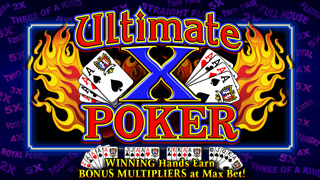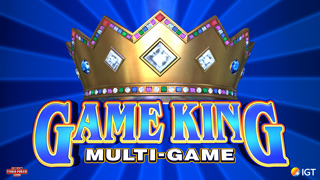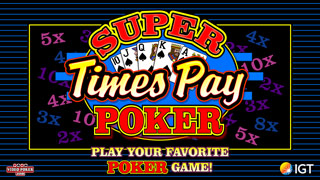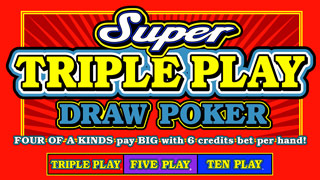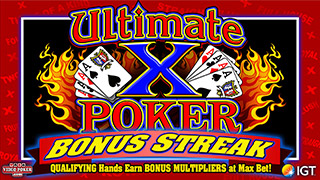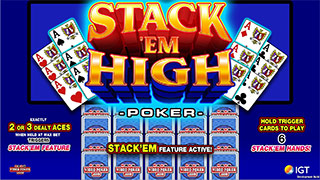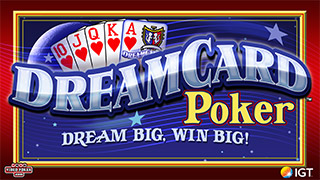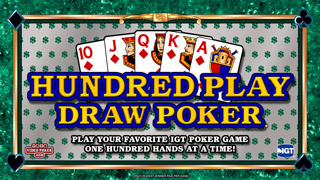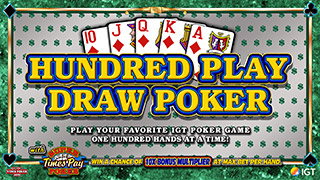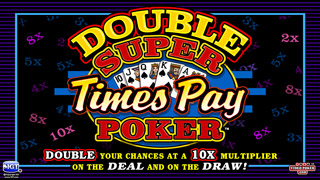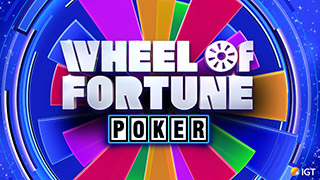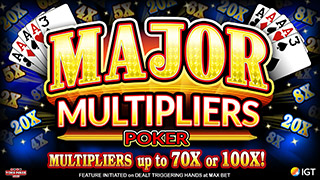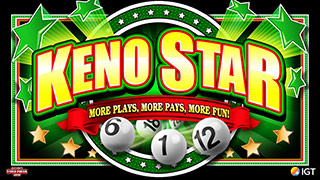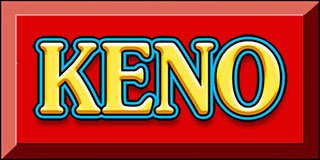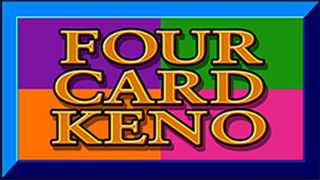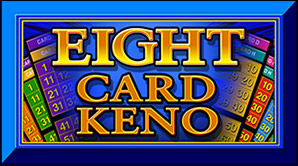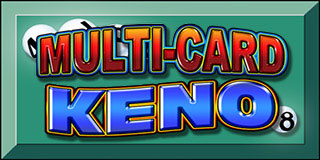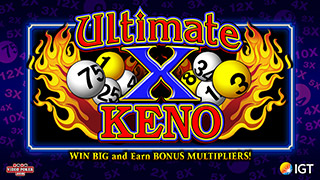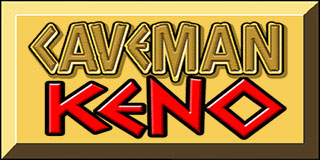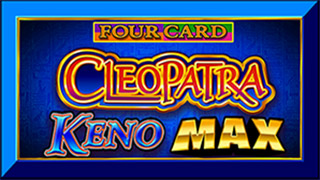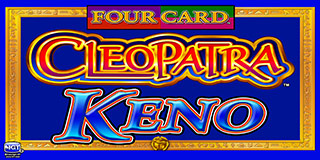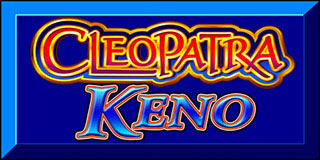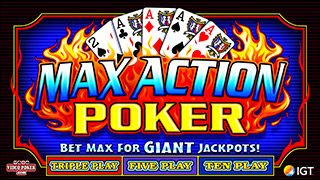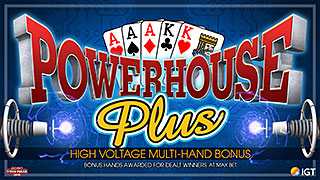New2vp wrote: ↑Tue Sep 21, 2021 11:30 pm
Hey J, I'm guessing the pay table that you are interested in is 800/
200/100/50/16/7/5/3/2/1/1 since we need a value both for quints and for wild royals.
That being said, the example that you cited has a hidden feature that has nothing to do with penalty cards and not much to do with high values in the pay schedule. You are right that the Queen is a penalty card, but it is a penalty card both to a hold of Joker-King AND a hold of Joker-Ace, so that is not the sole source of the greater value in holding Joker-Ace.
Let's compare the number of straights possible with the two holds. At first glance you would think that both holds should produce the same number of straights because an Ace can make two sets of straights: AKQJT and A2345, and a King can also make two sets of straights: AKQJT and KQJT9. So, what's going on?
With the Joker and either the Ace or the King, you need to draw only 3 of the ranks to complete your straight (or if you're lucky a straight flush or royal flush). In the calculations that follow, I'm going to include straight flushes and royal flushes with straights rather than separating them into 3 different categories for simplicity of explanation.
So, for each type of straight we need to draw 3 of the 4 remaining cards to make the straight since the Joker will stand in for the missing rank. We know that would mean four sets of cards for each type of straight. For the Ace, that would be KQJ, KQT, KJT, or QJT to complete the AKQJT straight. And we would need 234, 235, 245, or 345 to complete the A2345 straight. Ok, so far?
That doesn't look like much help, but let's go through what we need to turn the Joker-King hold into a straight. AQJ, AQT, AJT, or QJT to make AKQJT. Alternatively, we need JT9, QT9, QJ9, or QJT to make KQJT9. Do you see what is going on yet?
We have QJT listed twice when considering Joker-King. If we draw QJT we are left with Joker-King-Queen-Jack-Ten, so the Joker can stand in for either an Ace or a nine. But what this means is that there are actually only SEVEN groups of 3 ranks that turn a Joker-King into a straight (or SF or RF) while there are EIGHT groups of 3 ranks that turn a Joker-Ace into one of those straight outcomes.
So, the reason that the Joker-Ace hold has higher value than Joker-King is that Joker-Ace can make more straights.
Unfortunately the advantage is so small that it goes away if the ace has certain combinations of penalty cards that affect it more than the Joker-King.
Instead of entering each hand in the Wizard's tool, you could learn the rules below, although I admit that at first they might not seen that simple.
1. Start off by having a bias towards holding Joker-Ace unless you see the Ace penalized as indicated below along with the King NOT being penalized as suggested in the "UNLESS" clause.
2. Assuming that there are no higher holds available than Joker-Ace or Joker-KIng, if the two other cards are low (in the set {2, 3, 4, 5}) or one of them is suited with the ace, Joker-King will be a better hold UNLESS one of the cards is suited with the King or one of the cards is in the set {9, T, J, Q}).
3. If one of the two other cards is suited with the Ace AND one of the two other cards is low (and this includes the possibility that one card is both suited AND low), then Joker-King is better UNLESS there is a card suited with the King.
If both the other cards are suited with the Ace or both are suited with the King, hold the Joker and three suited cards. You are guaranteed a high pair and you could draw one card to trips or a flush.
Good luck.



